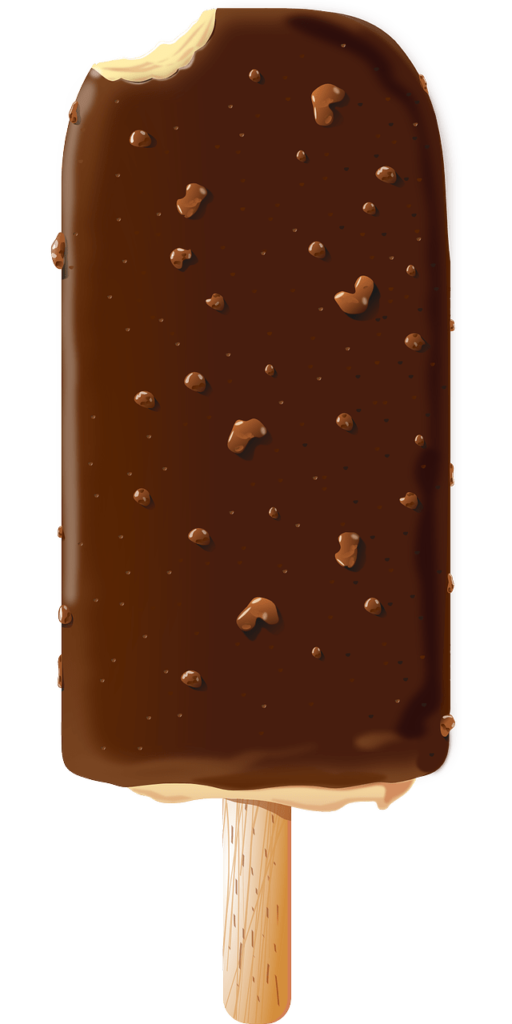You’ve just opened your freezer, hoping to grab some ice for a refreshing drink, only to find your ice maker has stopped working—frustrating, right? In “How to Fix an Ice Maker Not Making Ice?”, you’ll discover a series of easy-to-follow troubleshooting tips and solutions to get your ice maker back in action. From checking the water supply line to inspecting the freezer temperature and ensuring the ice maker unit itself is functioning correctly, this guide covers all the essential steps to bring the chill back into your daily routine. Have you ever reached into your freezer for ice, only to find that your ice maker is not making ice? It’s frustrating, isn’t it? You may be hosting a party or just wanting to chill a drink after a long day, and suddenly, your trusty ice maker decides to take a break. But don’t worry! This article will walk you through the steps to diagnose and fix your ice maker so that you can get back to enjoying those perfectly chilled beverages.

Understanding How Your Ice Maker Works
Before diving into the solutions, it’s important to have a basic understanding of how your ice maker functions. Knowing the mechanics can help you pinpoint where things might have gone wrong.
The Ice-Making Process
Your ice maker works in a cycle. Water is drawn from a water source and fills the ice mold. This water is then frozen into ice cubes. Once the cubes are formed, a built-in thermostat senses the temperature, triggering an ejector arm to push the ice cubes into the storage bin. Finally, the process restarts, filling the mold with water again.
Common Components
Here are some key components of your ice maker:
- Water supply line: Delivers water to the ice maker.
- Water inlet valve: Controls the flow of water into the ice maker.
- Ice mold: The tray where water freezes to become ice.
- Thermostat: Monitors temperature to trigger the ejection of ice.
- Ejector arm: Pushes ice cubes from the mold to the storage bin.
- Control module: Manages the ice-making cycle.
Understanding these components will help you address specific issues that might be causing your ice maker to malfunction.
Troubleshooting Common Issues
Let’s explore some common issues and how you can troubleshoot them. Remember, safety first! Always unplug your refrigerator before accessing any internal components.
No Ice Production at All
If your ice maker isn’t producing ice at all, the problem could be due to several reasons:
Check the Water Supply
One of the first things you should do is to check if the water supply is on and flowing correctly.
| Problem | Solution |
|---|---|
| Water line is disconnected or kinked | Ensure the water line is connected and free from kinks. |
| Water inlet valve is faulty | Replace the water inlet valve. |
Inspect the Ice Maker and Water Inlet Valve
Sometimes, the water inlet valve might be the culprit. It could be malfunctioning or clogged.
- Test the Valve: You can use a multimeter to check if the valve is working correctly. It should show continuity.
- Clean the Valve: If clogged, clean the valve to ensure proper water flow.
Ice Maker Isn’t Making Enough Ice
If you’re finding reduced ice production, several factors might be at play:
Freezer Temperature
Your ice maker’s efficiency heavily relies on the freezer’s temperature.
| Problem | Solution |
|---|---|
| Freezer is too warm | Adjust the thermostat to 0-5 degrees F. |
| Poor air circulation | Ensure vents and fans are unobstructed. |
Ice Mold Issues
A malfunctioning ice mold can also hinder ice production.
- Check for Damage: Look for cracks or other damages to the mold.
- Debris or Mineral Build-Up: Clean the mold to ensure it’s free from any build-up.
Ice Cubes Are Too Small or Hollow
Small or hollow ice cubes can ruin the chilling experience. Here’s what you can do:
Inspect Water Supply Pressure
Low water pressure can lead to improperly formed ice cubes.
| Problem | Solution |
|---|---|
| Low water pressure | Ensure water pressure is between 20-120 psi. |
Adjust the Ice Maker
Some ice makers have an adjustment screw to control the size of ice cubes.
- Find the Adjustment Screw: This is usually located near the ice mold.
- Adjust Accordingly: Turn the screw to increase or decrease water fill levels.
Ice Maker Overfills or Leaks
Nobody wants a mess in their freezer. If your ice maker is overfilling or leaking, let’s get that sorted out:
Water Inlet Valve and Fill Tube
The water inlet valve and fill tube could be delivering too much water.
- Inspect Fill Tube: Ensure it is not clogged or improperly aligned.
- Check the Valve: Look for leaks and replace if faulty.
Ice Level Control Board
A faulty ice level control board can also cause overfilling issues.
| Problem | Solution |
|---|---|
| Faulty ice level control board | Replace the control board. |
Regular Maintenance Tips
Keeping your ice maker in good condition can prevent many of these issues. Here are some maintenance tips:
Regular Cleaning
Regular cleaning is essential to remove mineral deposits and debris.
| Tip | Method |
|---|---|
| Clean the ice mold | Use a mixture of warm water and vinegar. |
| Flush the water line | Disconnect the water line and flush thoroughly. |
Replace Filters
Water filters can get clogged over time, affecting water quality and ice production.
- Check Filter Status: Most refrigerators have a filter status indicator.
- Replace as Needed: Follow manufacturer guidelines for replacement intervals.
Inspect and Replace Components
Regularly checking and replacing worn-out components can prevent breakdowns.
| Component | Frequency |
|---|---|
| Water inlet valve | Inspect annually, replace if needed. |
| Ejector arm and thermostat | Check for functionality every 6 months. |
When to Call a Professional
Sometimes, the issue might be beyond simple DIY fixes. Here are some instances when you should consider calling a professional:
Electrical Issues
If you suspect an electrical issue, it’s best to involve a professional to avoid any potential hazards.
| Symptom | Professional Required |
|---|---|
| Ice maker not receiving power | Call an electrician. |
| Complex wiring problems | Contact a refrigerator repair specialist. |
Persistent Problems
If you’ve tried all the troubleshooting tips but your ice maker still doesn’t work, a professional can provide a thorough diagnosis and solution.
| Symptom | Professional Required |
|---|---|
| Ice maker cycles but no ice | Professional diagnosis and repair. |
| Mechanical issues | Expert examination and parts replacement. |

Conclusion
Fixing an ice maker that’s not making ice might seem daunting at first, but with a little patience and methodical troubleshooting, many common problems can be resolved on your own. Remember to always put safety first by unplugging the appliance before starting any repair. Regular maintenance can go a long way in preventing issues, and when in doubt, do not hesitate to call a professional. Here’s to your ice maker getting back to its top-notch performance, helping you enjoy those cold beverages once again!



